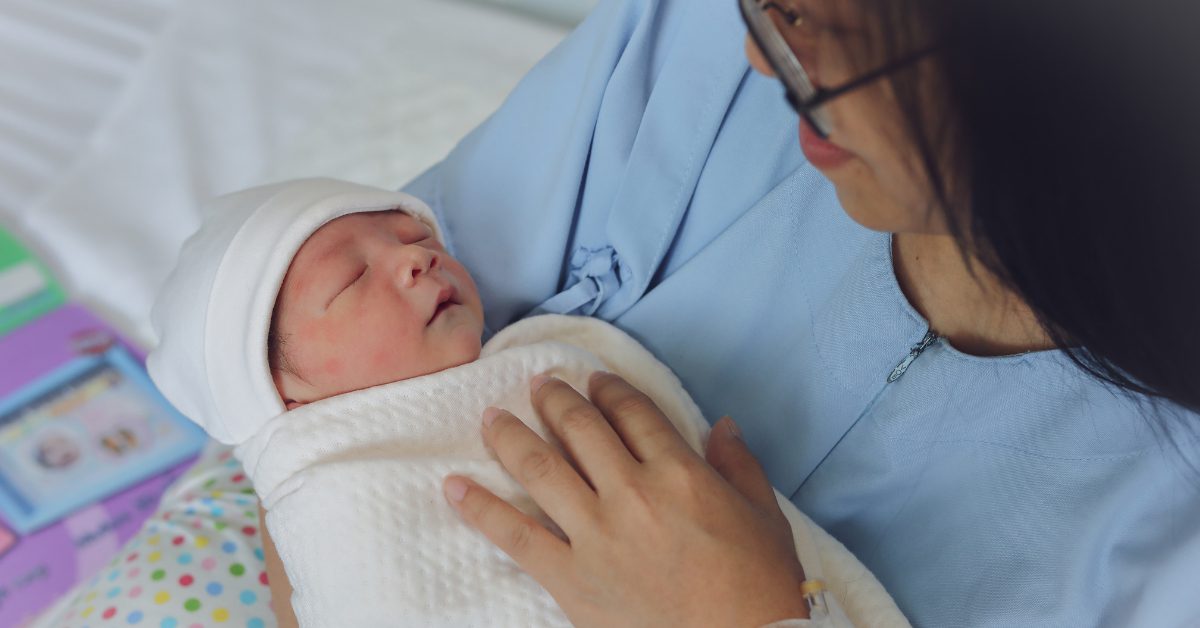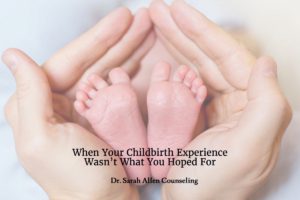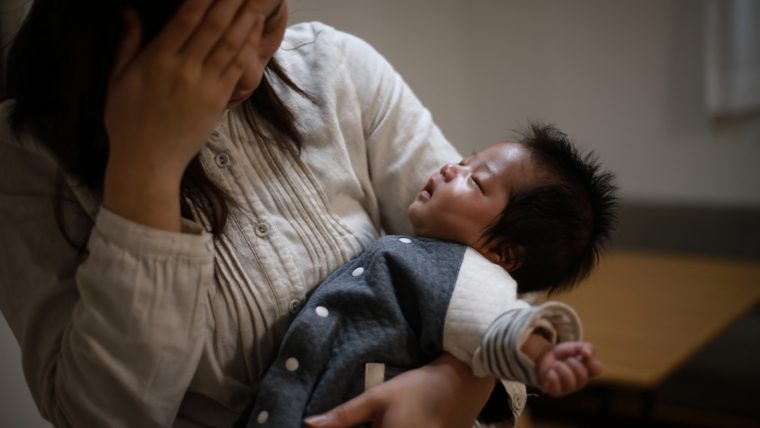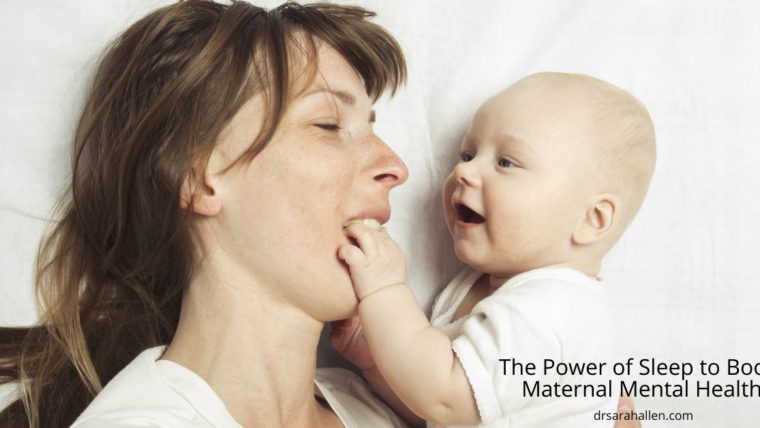The arrival of a beautiful baby into the world is one of the most precious moments in a person’s life. However, for some, it can also be a source of intense emotional pain long after the event. It isn’t uncommon for new mothers to deal with postpartum depression or anxiety weighed down by this shared life experience. One such manifestation is post-traumatic stress disorder (PTSD) resulting from a traumatic birth experience. While it isn’t widely discussed, PTSD after childbirth presents a unique challenge for new mothers trying to reconcile their emotions with the joy of motherhood. Therefore, understanding the symptoms, knowing the risks, and making informed decisions on treatment strategies is vital.
In this article, we explore the topic of coping with PTSD stemming from a traumatic childbirth experience, specifically focusing on the symptoms, risk factors, and various treatments available. The aim is to empower new mothers and their families with the knowledge they need to seek the right help and move forward in their lives.
Coping with PTSD from Childbirth: Recognize Symptoms, Assess Risks, and Pursue Effective Treatment
Understanding PTSD Symptoms After Traumatic Childbirth
A traumatic childbirth experience can manifest itself in various ways, but post-traumatic stress disorder (PTSD) remains one of the most debilitating consequences. It is essential to recognize the symptoms, as early identification can lead to timely intervention and aid in the recovery process. Key signs of PTSD after childbirth include:
– Intrusive Memories: Recurrent and persistent memories of the traumatic event, causing emotional and physical distress.
– Flashbacks: Experiencing vivid and intense re-experiencing of the event as if it were happening again.
– Nightmares: Distressing dreams about the traumatic birth or themes related to the event.
– Avoidance: Steering clear of anything that may be a reminder of the experience, including conversations about childbirth, hospitals, or even the sight of newborns.
– Hypervigilance: Constantly feeling on edge, anxious, and overly aware of your surroundings, which may trigger an exaggerated startle response.
– Negative Mood and Thoughts: Persistent negative beliefs about oneself or the world, feelings of guilt, detachment from loved ones, and a decreased interest in previously enjoyed activities.
It’s important to understand that every woman’s experience of PTSD is unique, and the severity or duration of the symptoms may differ from one person to another.
Assessing the Risk Factors for PTSD After Childbirth
Another critical aspect of coping with PTSD is understanding the risk factors that may predispose an individual to the condition. Factors that may increase the likelihood of a new mother experiencing PTSD include:
– Preeclampsia or Eclampsia: These complications during pregnancy may cause additional stress and anxiety, leading to postpartum PTSD symptoms.
– A history of Mental Health Issues: Pre-existing conditions such as anxiety, depression, or previous PTSD episodes can increase the risk of developing PTSD after childbirth.
– Lack of Social or Emotional Support: Women without strong support networks may struggle to process the traumatic experience and be more susceptible to developing PTSD.
– Complications During Labor and Delivery: Emergencies or complications during childbirth may leave the mother feeling powerless and result in a heightened risk of PTSD development.
While not all women who experience these risk factors will develop PTSD, understanding the potential risks can help identify those who may be more vulnerable and require additional support.
Navigating Treatment Options for PTSD
Prompt treatment for PTSD symptoms can significantly improve the quality of life for new mothers and promote healing. There are various treatment options and strategies to help manage and alleviate PTSD symptoms, including:
- Psychological Therapies: Evidence-based psychological treatments, such as cognitive-behavioral therapy (CBT), EMDR (eye movement desensitization and reprocessing), and exposure therapy, can help mothers process the traumatic experience and replace negative thought patterns with healthier ones.
- Medication: Antidepressants, such as selective serotonin reuptake inhibitors (SSRIs), may be prescribed to help manage PTSD symptoms. These medications work by balancing brain chemicals that affect a person’s mood and ability to cope with anxiety and depression.
- Support Groups: Connecting with others who have experienced similar traumas can provide a sense of camaraderie, understanding, and shared healing. Online communities and in-person support groups are available to help women regain control over their lives.
- Alternative Therapies: Practices such as mindfulness meditation, yoga, or acupuncture can help to alleviate anxiety and promote overall well-being.
Ultimately, finding the proper treatment plan may require trial and error but discussing the available options with a mental health professional is an essential first step.
Self-Care Strategies for Postpartum PTSD Recovery
In addition to seeking professional help and support, self-care plays an invaluable role in the healing process. Several strategies can help new mothers take care of themselves and find relief from PTSD symptoms:
- Focus on Relaxation Techniques: Breathing exercises, muscle relaxation strategies, or meditation can help to relieve tension and anxiety.
- Establish a Routine: Creating a consistent daily routine can provide a sense of stability and control during the recovery process.
- Prioritize Sleep: Postpartum PTSD can disrupt sleep patterns, but establishing healthy sleep habits is essential for emotional well-being.
- Connect with Others: Reaching out to family, friends, or online communities can provide valuable emotional support and encouragement during this challenging time.
Conclusion
Coping with PTSD following a traumatic childbirth can be an intensely emotional and difficult period for new mothers and their families. Recognizing the symptoms and the risk factors, exploring treatment options, and embracing self-care strategies will help you better understand and manage the condition. If you would like to read more about PTSD Following Childbirth see our resource page about it Traumatic Childbirth Resources.
If You Are Interested In This Topic Also Read:





